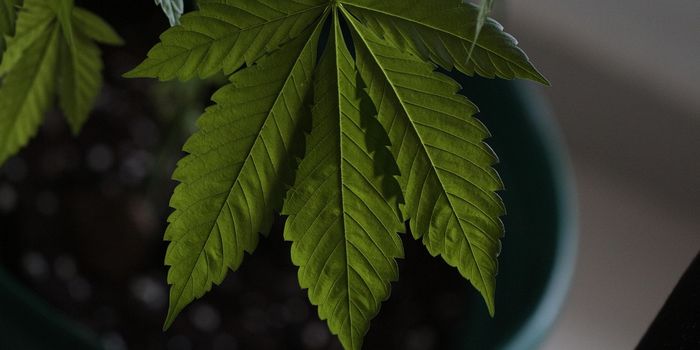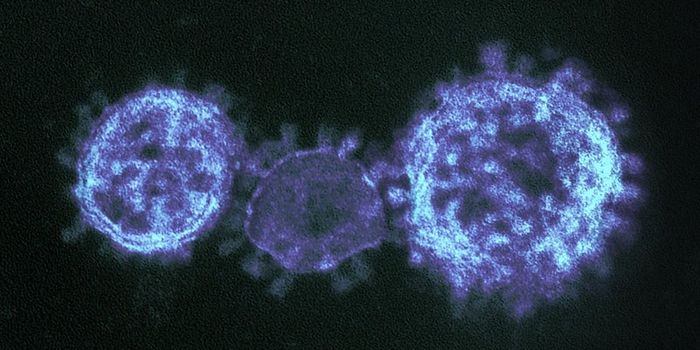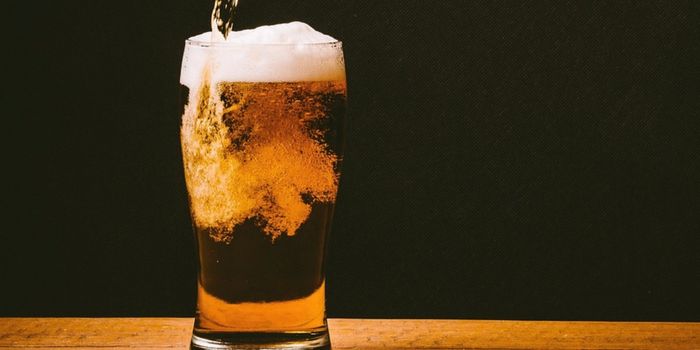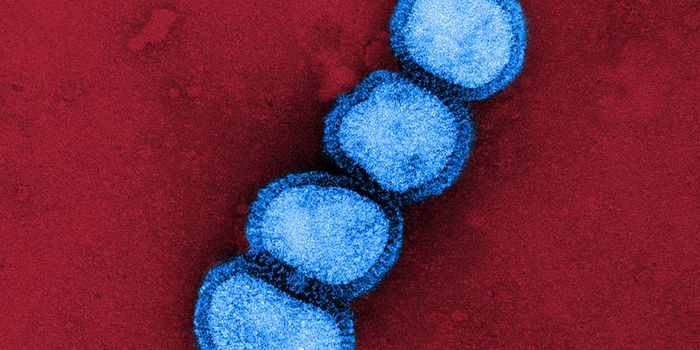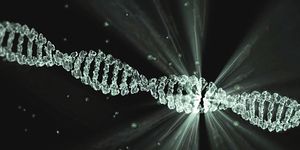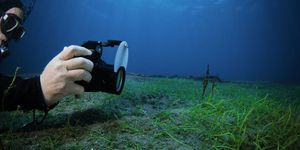Antibiotic Resistance Genes Have Been Found in the Arctic
Researchers have found genes that confer resistance to antibiotics in one of the world’s last pristine environments, the Arctic. The blaNDM-1 gene was first identified in urban India, and infectious microbes that carry the gene are resistant to multiple antibiotics, including the ones used as a last resort - Carbapenems. The researchers believe that these and other antibiotic resistance (AR) genes could have been carried there by human visitors, wildlife or migratory birds, who dropped it off in their fecal matter. The findings have been reported in Environment International and are outlined in the brief video.
“Polar regions are among the last presumed pristine ecosystems on Earth, providing a platform for characterizing pre-antibiotic era background resistance against which we could understand rates of progression of AR ‘pollution’,” explained Professor David Graham, an environmental engineer at Newcastle University who has been surveying the spread of antibiotic resistance around the globe for the past fifteen years.
“But less than three years after the first detection of the blaNDM-1 gene in the surface waters of urban India we are finding them thousands of miles away in an area where there has been minimal human impact. Encroachment into areas like the Arctic reinforces how rapid and far-reaching the spread of antibiotic resistance has become, confirming solutions to AR must be viewed in global rather than just local terms,” he added.
A growing number of pathogenic microbes are resisting common antibiotics. It’s estimated that at least 100,000 people are already killed by these so-called superbugs every year, a number that the United Nations warns will rise.
The NDM-1 protein, coded for by the blaNDM-1 gene, was first seen in Indian clinics in 2008 and moved to Delhi waters within two years. It can now be found in more than 100 countries, and continues to evolve. The spread of this gene is a major concern; it enables bacteria to resist Carbapenems.
“What humans have done through excess use of antibiotics on global scales is accelerate the rate of evolution, creating a new world of resistant strains that never existed before,” explained Graham. “Through the overuse of antibiotics, fecal releases and contamination of drinking water, we have consequentially speeded up the rate at which superbugs might evolve. For example, when a new drug is developed, natural bacteria can rapidly adapt and can become resistant; therefore very few new drugs are in the pipeline because it simply isn’t cost-effective to make them.”
After analyzing forty soil core samples taken from the Kongsfjorden region of Svalbard, Norway in the Arctic, the research team found 131 antibiotic resistance genes. These genes are connected to nine different classes of antibiotics. For example, a gene that confers drug resistance in tuberculosis was found in every core sample.
Related: Stopping the Spread of Antibiotic-Resistant Bacteria
“This finding has huge implications for global AR spread,” noted Graham. The researchers don't think the gene appeared there naturally. “A clinically important ARG (antibiotic-resistance gene) originating from South Asia is clearly not local to the Arctic,” added Graham.
“Identifying an ARG gradient across the study landscape, which varies as a function of human and wildlife impact, shows there are still isolated polar locations where ARG levels are so low they might provide nature’s baseline of antimicrobial resistance,” said the lead study author, Dr. Clare McCann of Newcastle University.
“And the gradient of resistance genes closely reflects corresponding indicators of wastes in the geochemistry, which suggests a novel basis for identifying sites for further antimicrobial resistance research. The only way we are going to win this fight is to understand all pathways that lead to antibiotic resistance. Clearly, improved antibiotic stewardship in medicine and agriculture is crucial, but understanding how resistance transmission occurs through water and soils is also critical. We contend that improved waste management and water quality on a global scale is a key step.”
“Soil is both the source and sink of antibiotic resistance. This study reveals that even in one of the most pristine environments, there is a buildup of soil antibiotic resistance due to global microbial movement accelerated by humans, which will, in turn, impact global human health,” noted study co-author Professor Yongguan Zhu of the Institute of Urban Environment, Xiamen.
Sources: Newcastle University, CDC, Environment International

